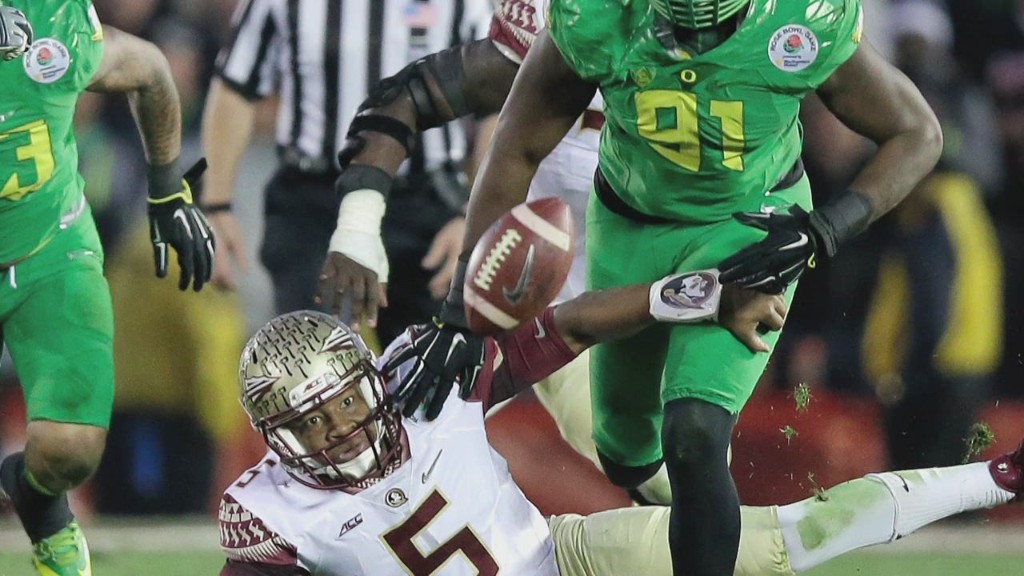
College football is an extremely profitable enterprise, and it's raking in even more money thanks to the new playoff system.
The University of Texas had the biggest profit of any program last season, earning $74 million, while the University of Michigan, which pocketed $64.6 million, was number two.
That explains how Michigan could outbid the NFL when it hired former San Francisco 49ers coach Jim Harbaugh late last year.
But neither of those teams made the playoffs this year. The richest team to make it to the inaugural four-team playoff contest was the University of Alabama, which ranks third with $53.3 million in profits.
Playing in the finals Monday were Ohio State, which is college's 10th richest team, and the University of Oregon, which ranks 12th.
The fourth team to make the playoffs was Florida State, the 21st richest team with a $24.5 million profit.
Related: Mega ratings for first college football playoff make cable history
Those figures are based on a CNNMoney analysis of 2013-2014 figures submitted to the U.S. Department of Education by each school.
They show that the 64 schools in the five major conferences brought in a combined $2.8 billion in revenue last year, mostly from broadcast rights and ticket sales.
And since these teams don't have to pay their players, they keep nearly half of that revenue -- a profit margin that would make any professional team owner green with envy.

The Division 1 schools that aren't in the five top conferences essentially break even as a group on football.
ESPN has agreed to pay $7.3 billion to broadcast the new Division 1 playoffs for the first 12 years of the new system.
All of the Division 1 schools will profit from that payout, but the major conferences will get most of that money. Most profits from the playoffs will be split roughly evenly between members of the five major conferences, regardless of whether a school makes the playoffs.

